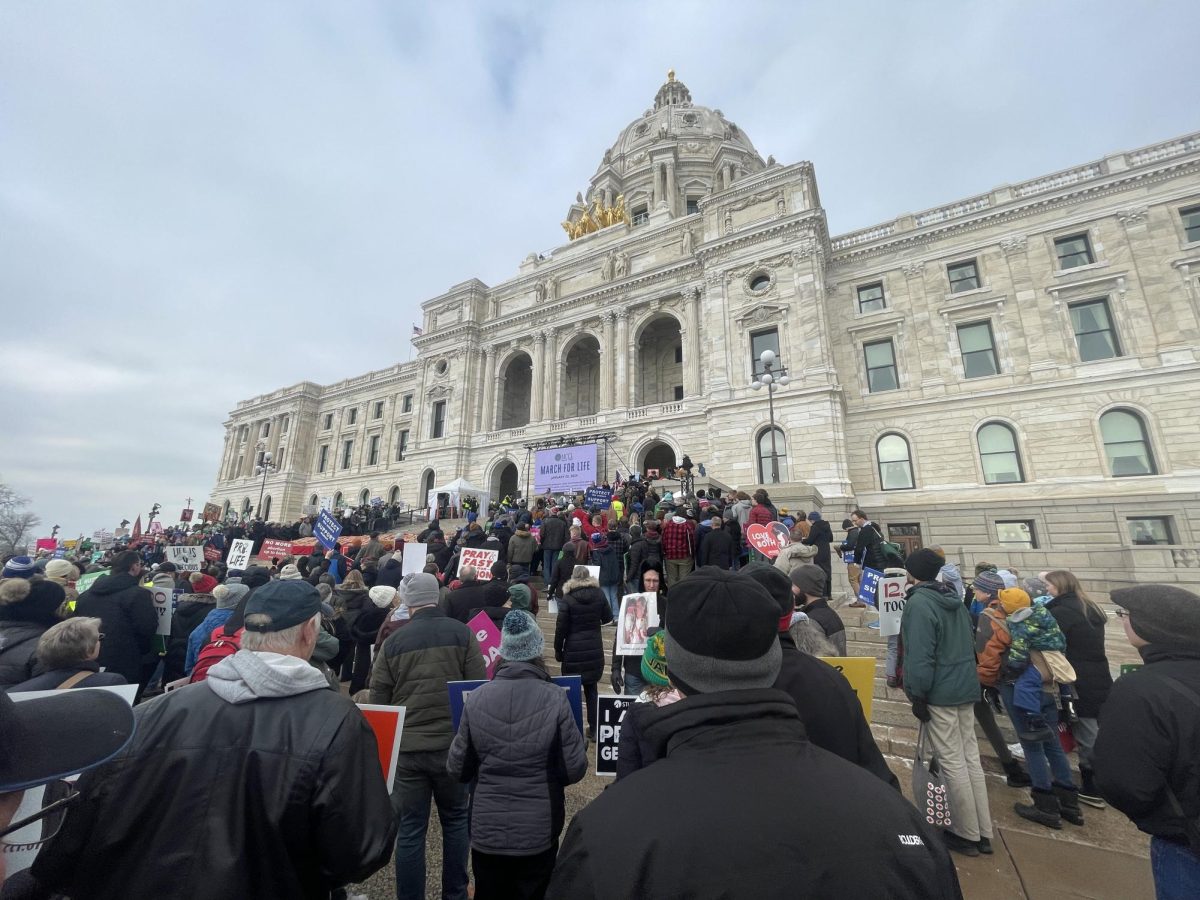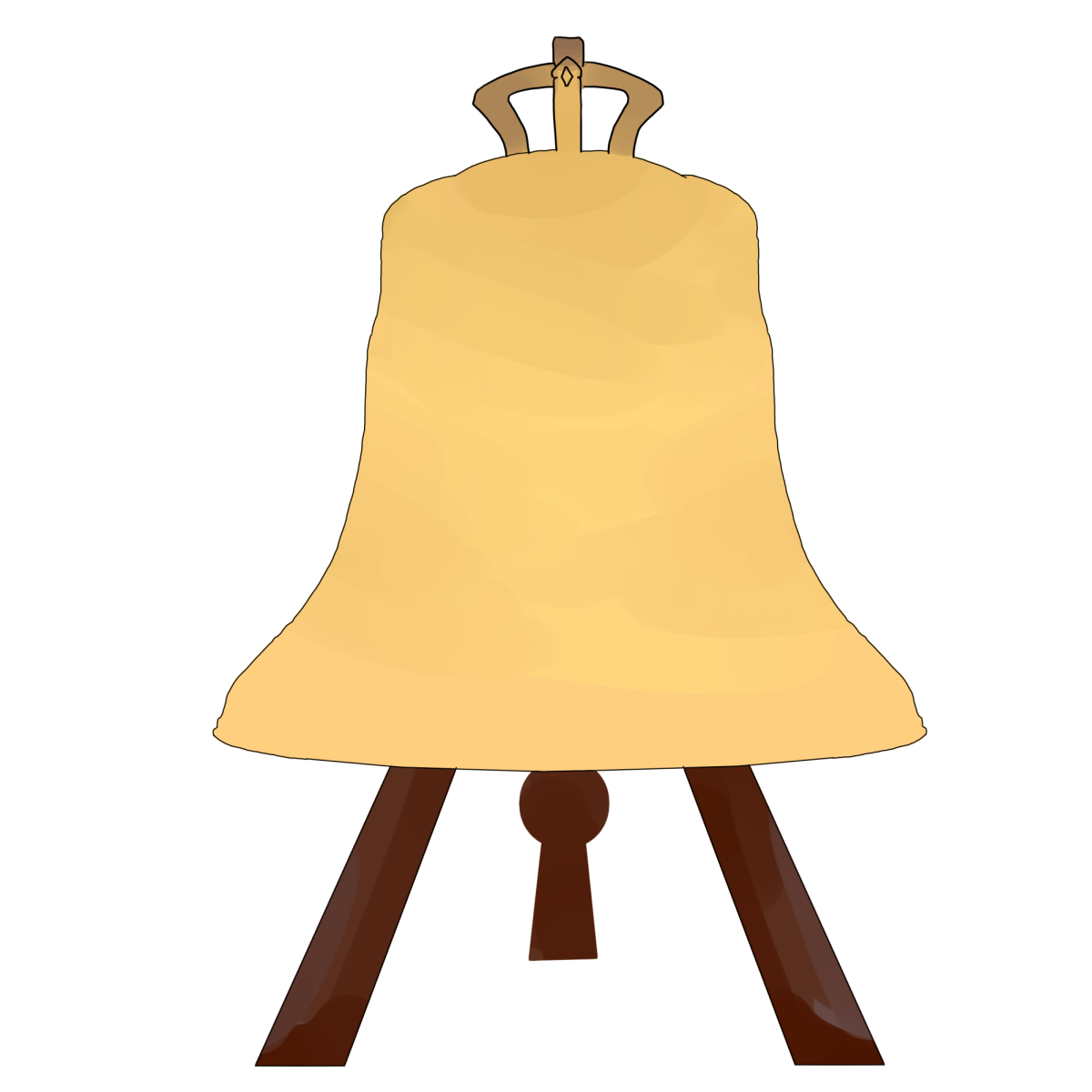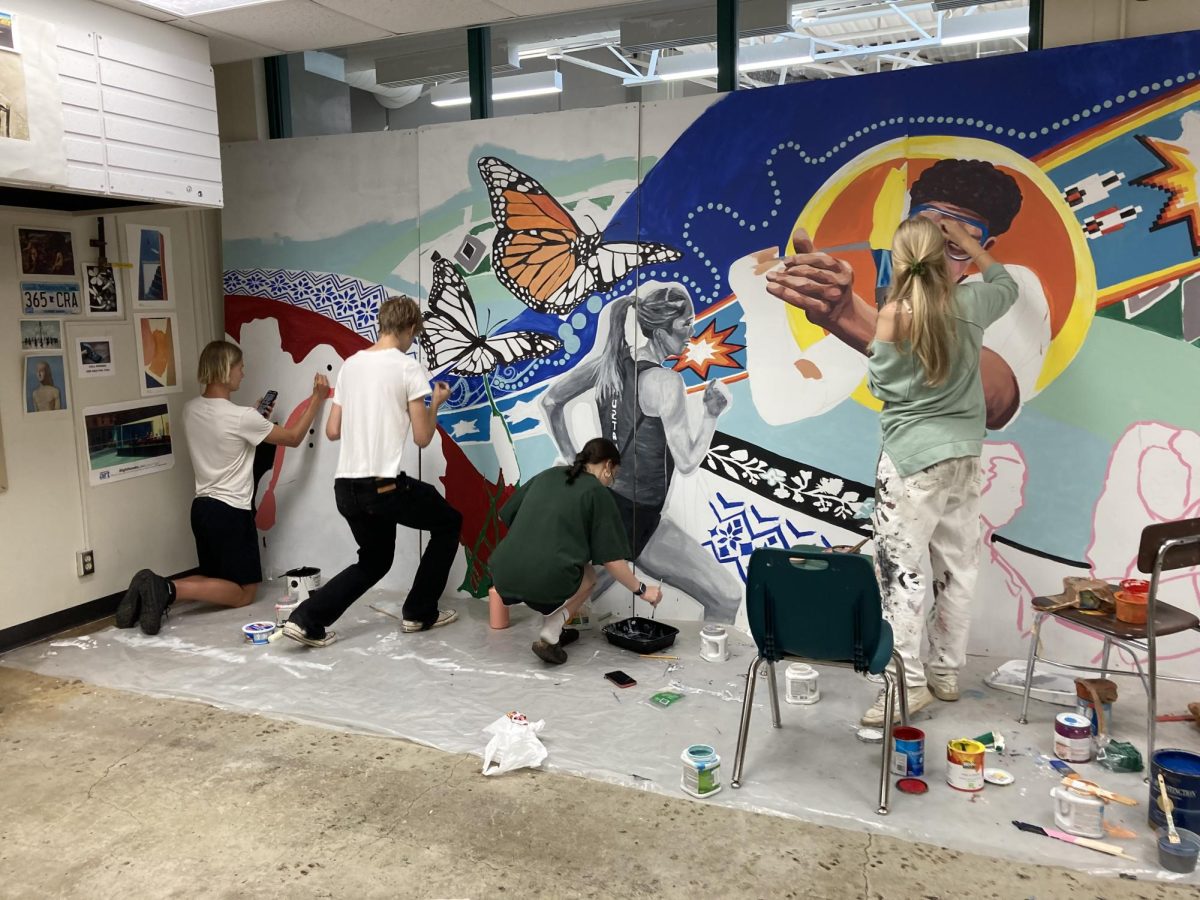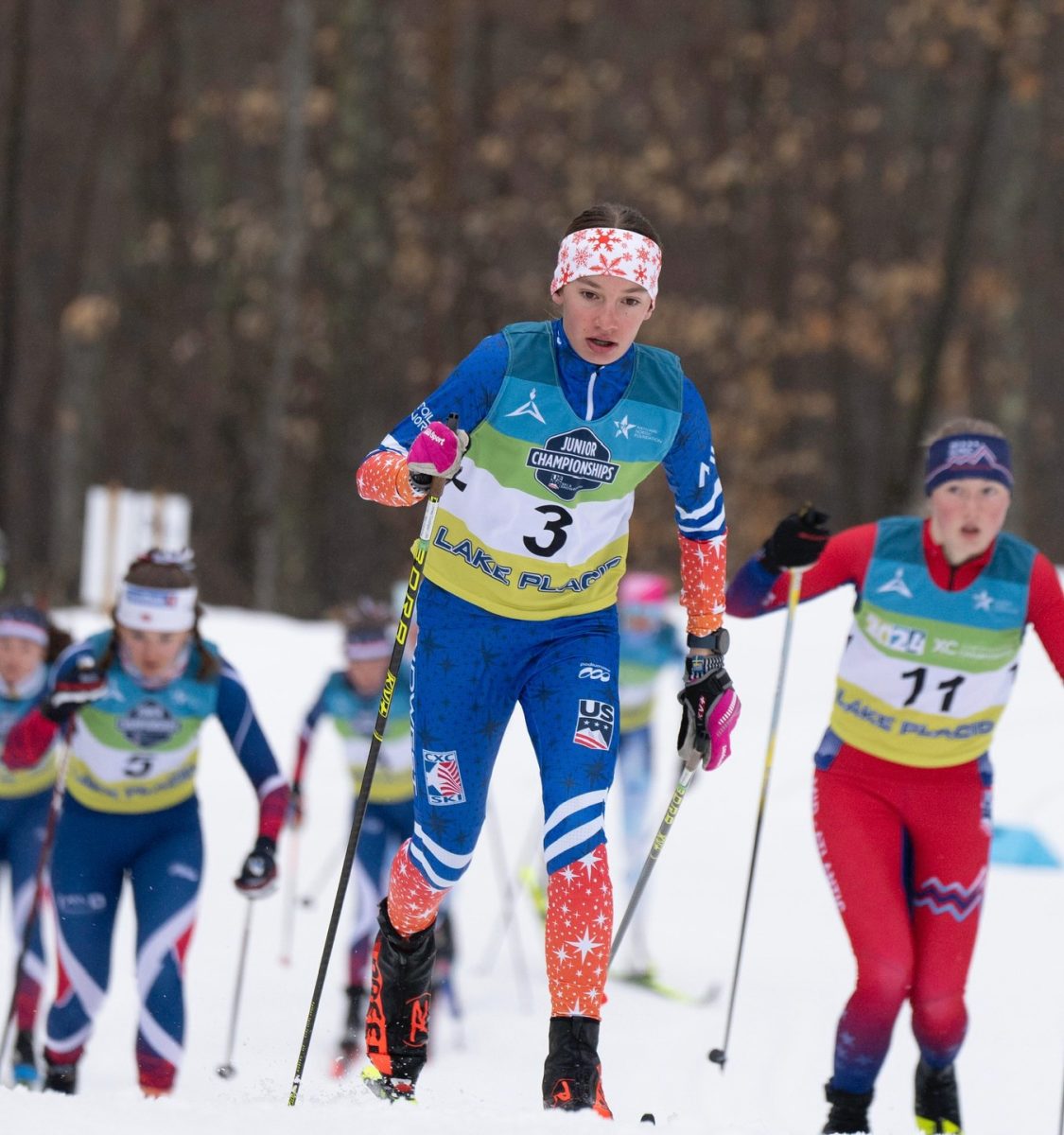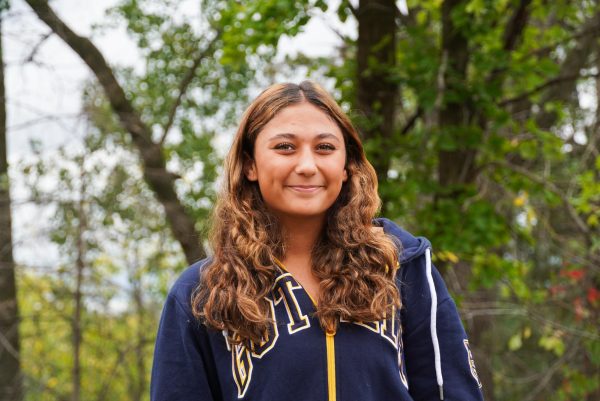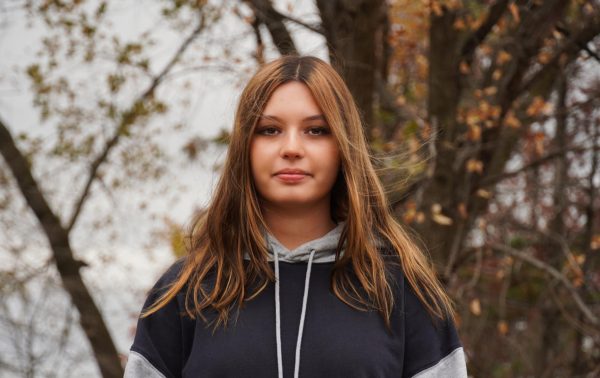In educational settings, a diverse school staff plays a crucial role in fostering a sense of representation, security, safety and involvement among students of color. Research published in Scientific American shows a positive correlation between academic achievement and the support provided by teachers who share the same racial or ethnic background as their students.
Despite the benefits, in the United States, and even more so in Minnesota, teachers of color are greatly underrepresented in schools. While 36.7% of Minnesota students and 34% of Mounds View High School students are non-white, only 5.9% of teachers at public schools in Minnesota are teachers of color, and Mounds View has only two such educators.

According to Education Week, one factor contributing to the lack of diversity is the historical aftermath of the 1954 Supreme Court ruling of Brown v. Board of Education of Topeka. This ruling resulted in the loss of jobs for many teachers of color, as many schools formerly for non-white students were closed while formerly all-white schools remained open, creating a persistent diversity gap.
Location is also a significant factor in the challenge of hiring teachers of color. According to USA Facts, 51% of black teachers work in cities, and 85% work in schools where at least 50% of the student population is non-white. Despite efforts by school administrations, the numbers still present a hurdle to achieving more diversity in teaching staff. “Administration is making more of an effort to hire teachers of color; it’s just harder because of the number differences [of racial makeup],” said Anny Culnane, physical education teacher and one of Mounds View’s few staff members of color.
So, how is the district working to address this challenge? When questioned about efforts to address the lack of diversity among teaching staff, Executive Director of Human Resources Julie Coffey cites the Grow Your Own program and the district’s participation in the Teach MN program as district efforts towards a more diverse faculty.
According to the Minnesota Department of Education, the Grow Your Own (GYO) approach establishes partnerships between educator preparation programs, school districts and community organizations to recruit and prepare local community members for teaching roles. GYO programs provide support, including stipends and scholarships, to adults interested in pursuing a teaching career. The Grow Your Own Grant Program, initiated in 2016, offers state funds to districts and charter schools for GYO initiatives. The program has two pathways: one for adults — supporting teacher preparation programs — and another for secondary students — encouraging them, especially those of color, to pursue teaching careers through various support mechanisms, such as supporting future teacher clubs, and scholarships.
As stated on the website, Teach Minnesota is a teaching fellow program that allows educators to be trained in an alternative way that is more accelerated and cost-effective. The program began in 2022, and one of its main purposes is to give more graduates of different backgrounds opportunities to become teachers without having cost as a barrier.
In addition to government funding for Grow Your Own programs, in February 2023, the Minnesota House education panel approved the Increase Teachers of Color Act. According to the Minnesota House of Representatives, this bill aims to increase the percentage of teachers of color or American Indian by at least two percentage points per year. The goal of this bill is to develop a teaching workforce that more closely reflects the student population by 2040. The bill will allocate over $60 million per year from the state to recruit and retain teachers of color.
While Mounds View is participating in state-wide diversity initiatives, progress remains to be seen. Mounds View’s faculty diversity gap persists even as the student body becomes more diverse, this begs the question: Should Mounds View do more to close the gap?


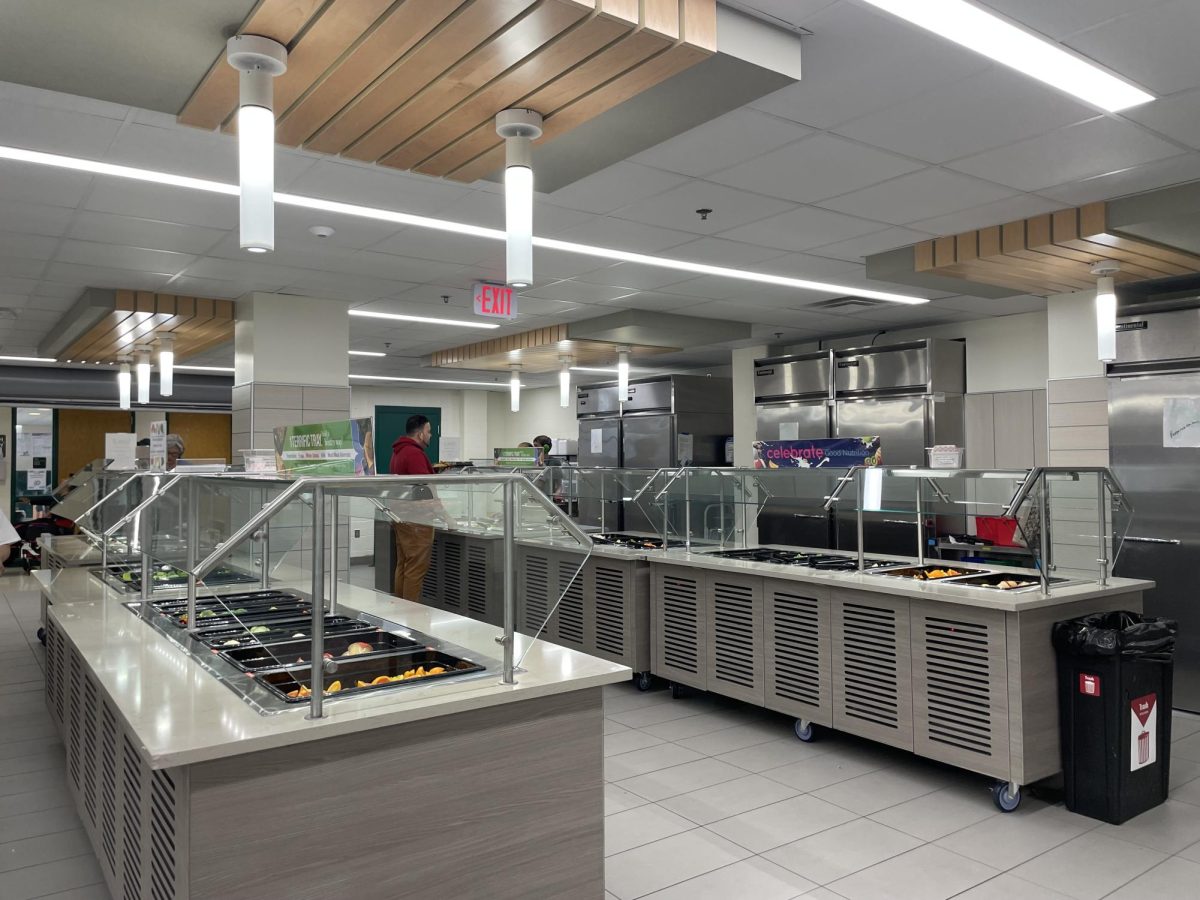
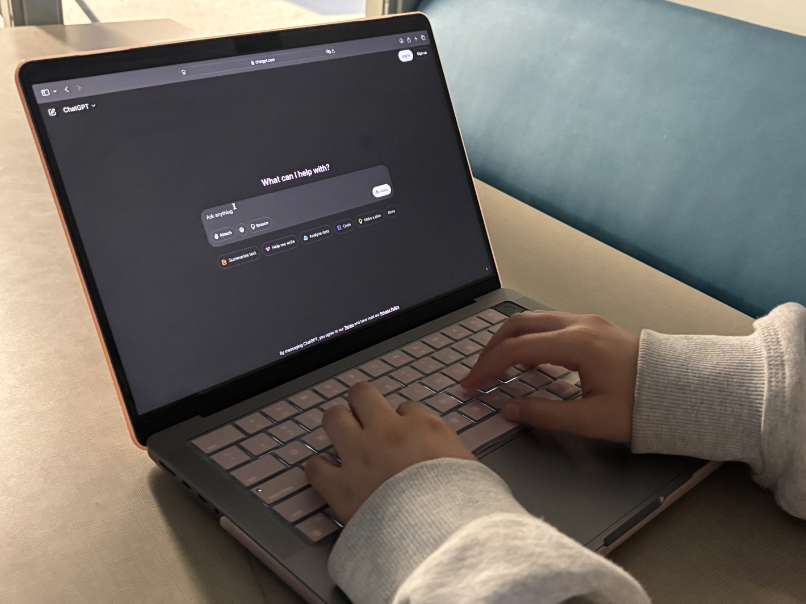
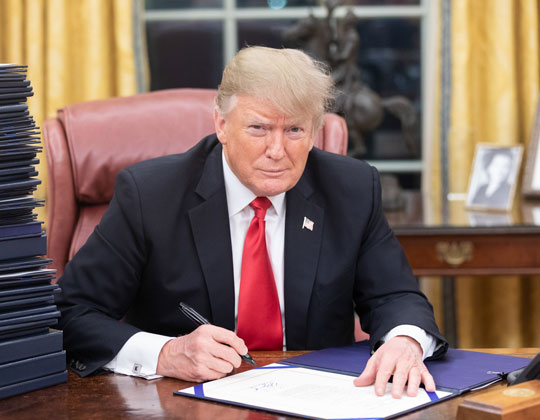
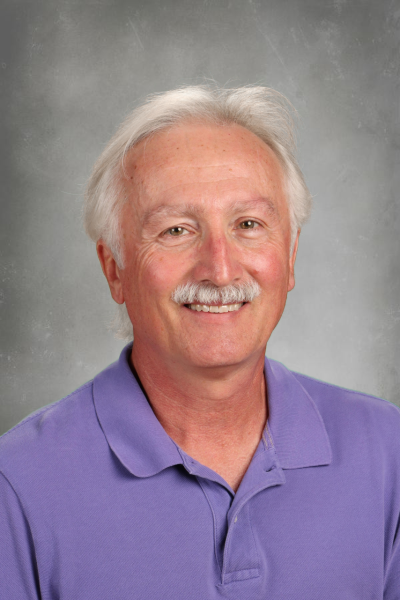

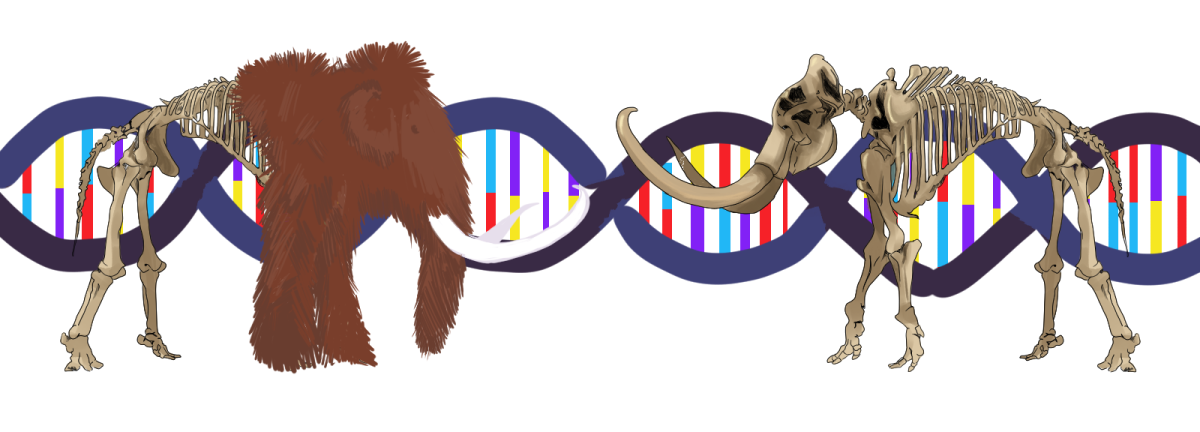


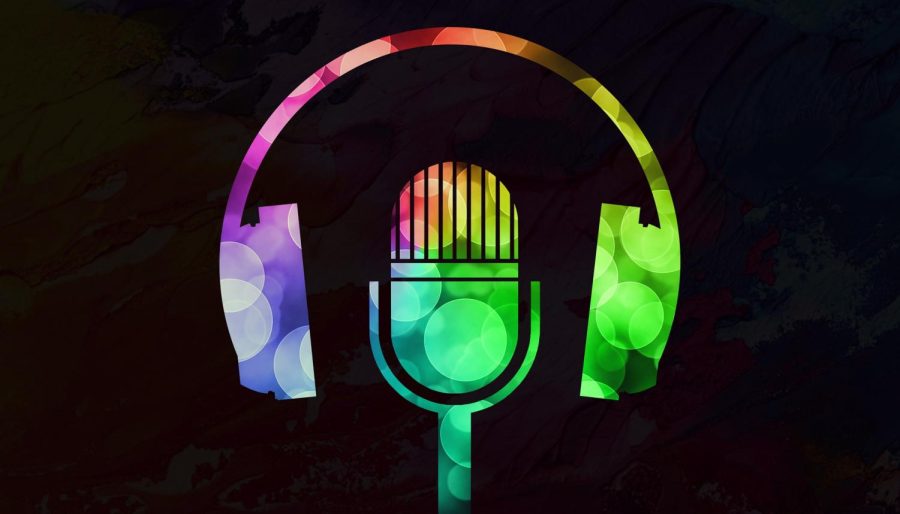
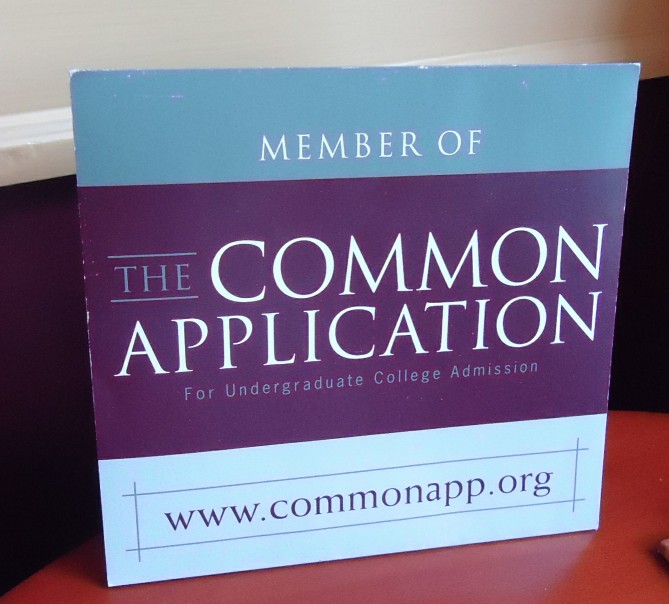
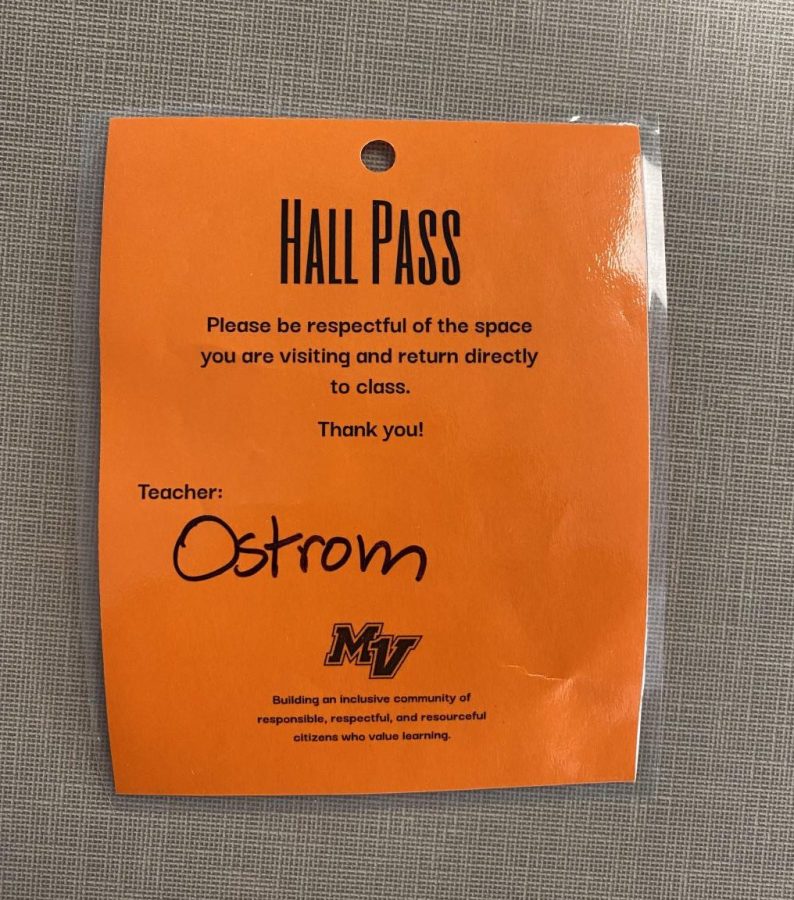


![[DEBATES] Prestigious colleges: value or hype?](https://www.mvviewer.org/wp-content/uploads/2024/12/buildings-1200x654.png)
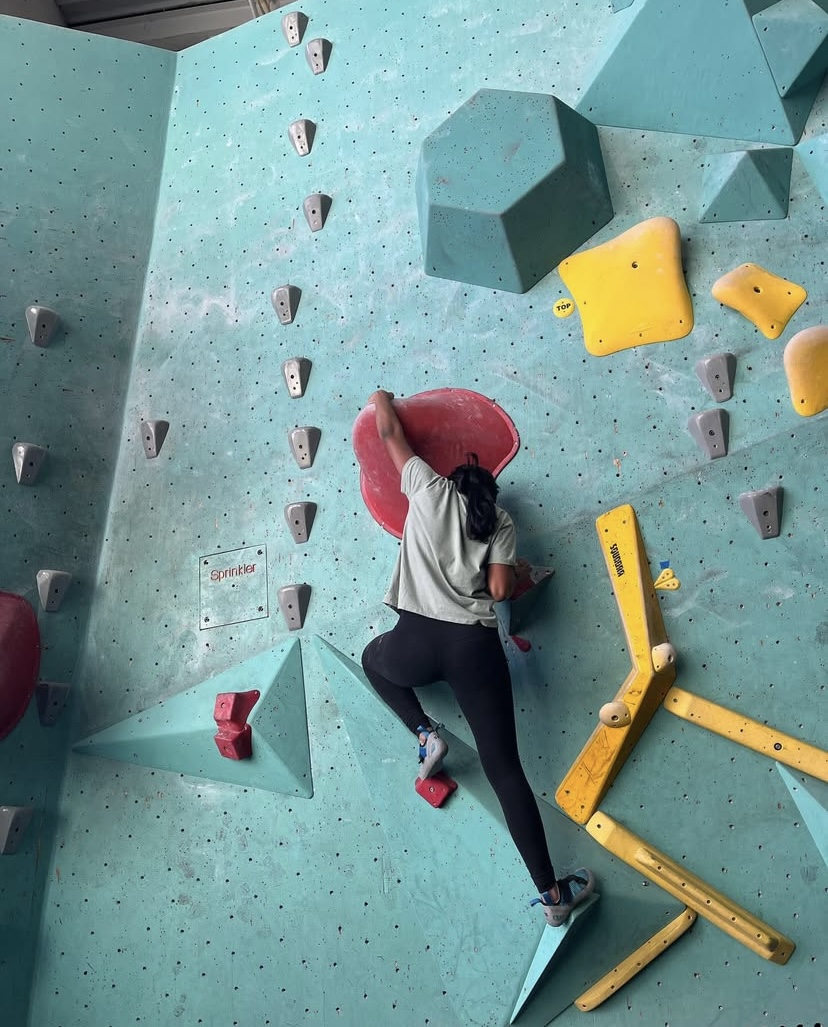
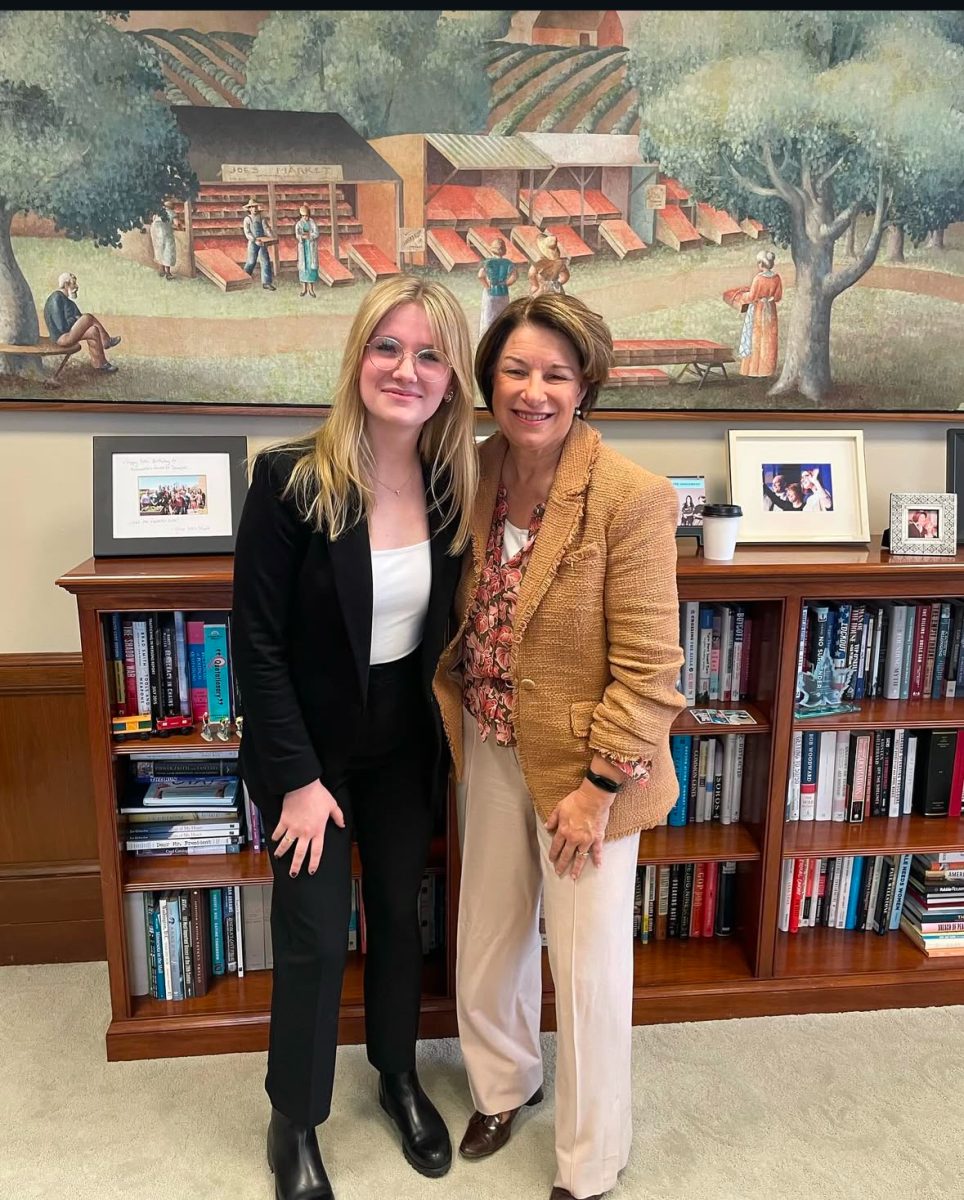
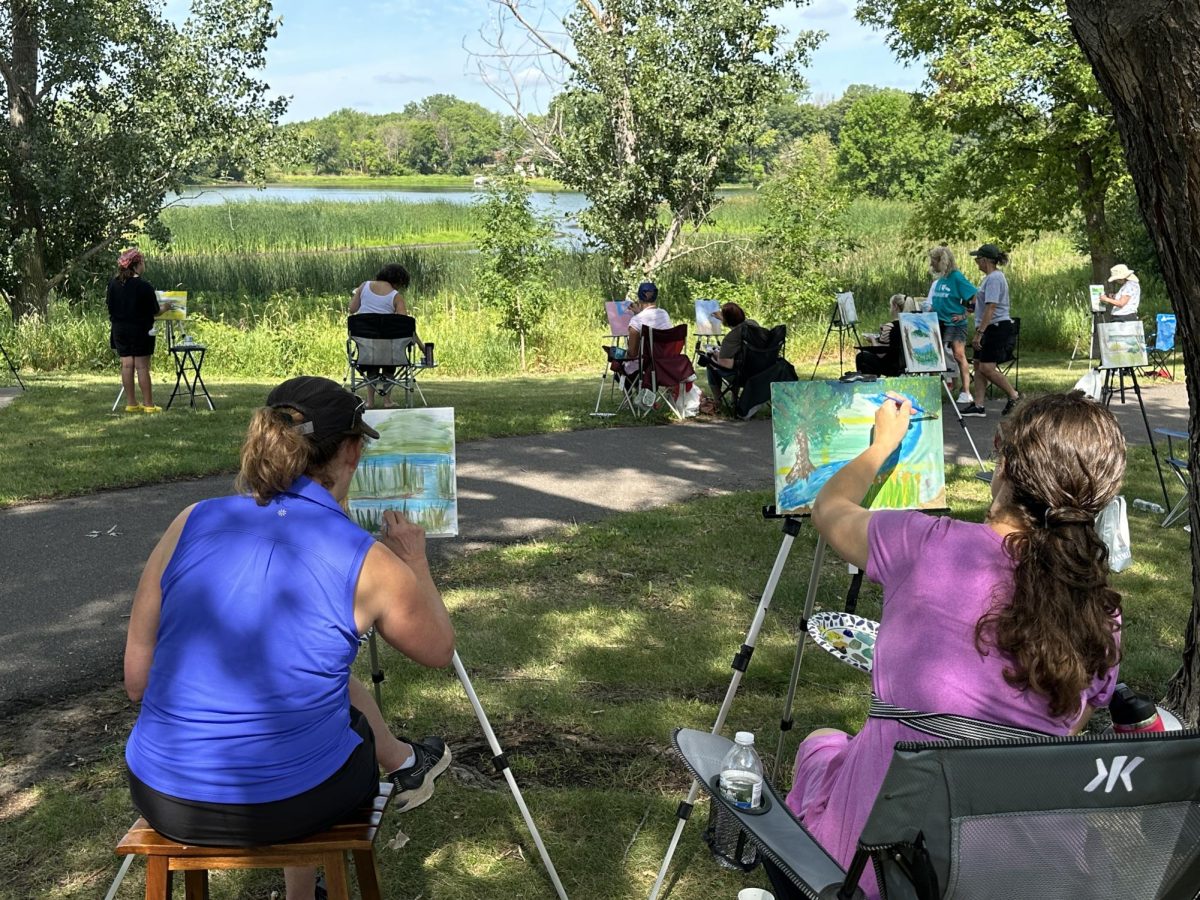

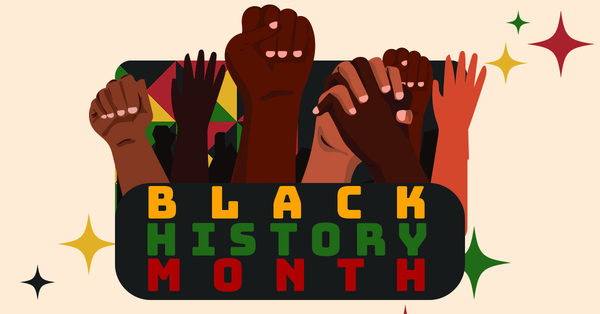




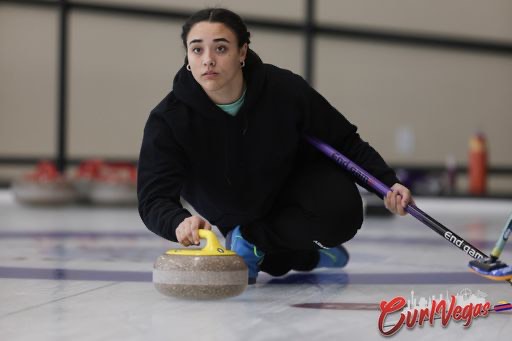



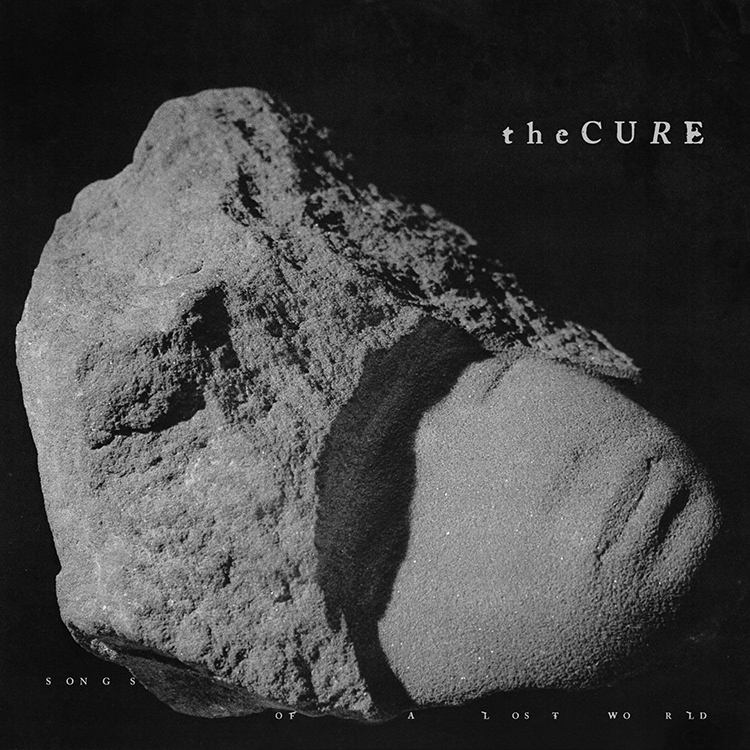










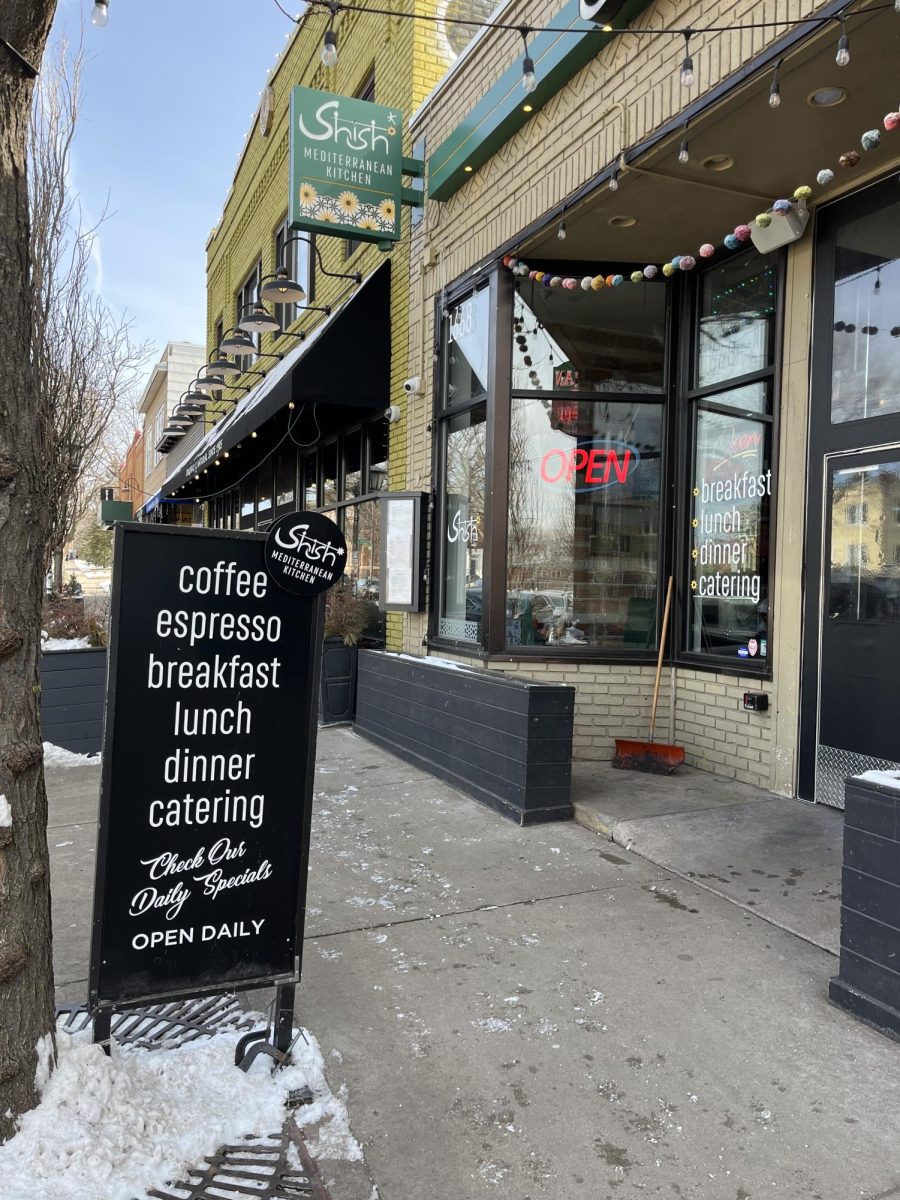
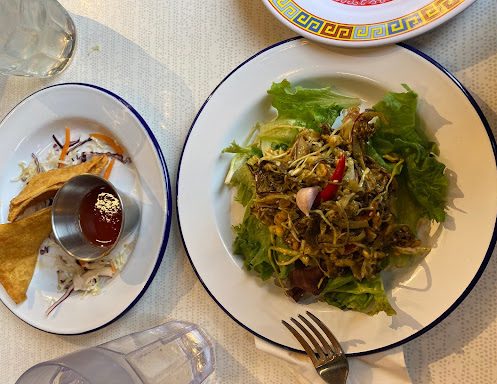






![[OPINION] The dark origins of TikTok's looksmaxxing trend](https://www.mvviewer.org/wp-content/uploads/2024/02/Copy-of-Copy-of-Untitled-Design-1200x675.png)
